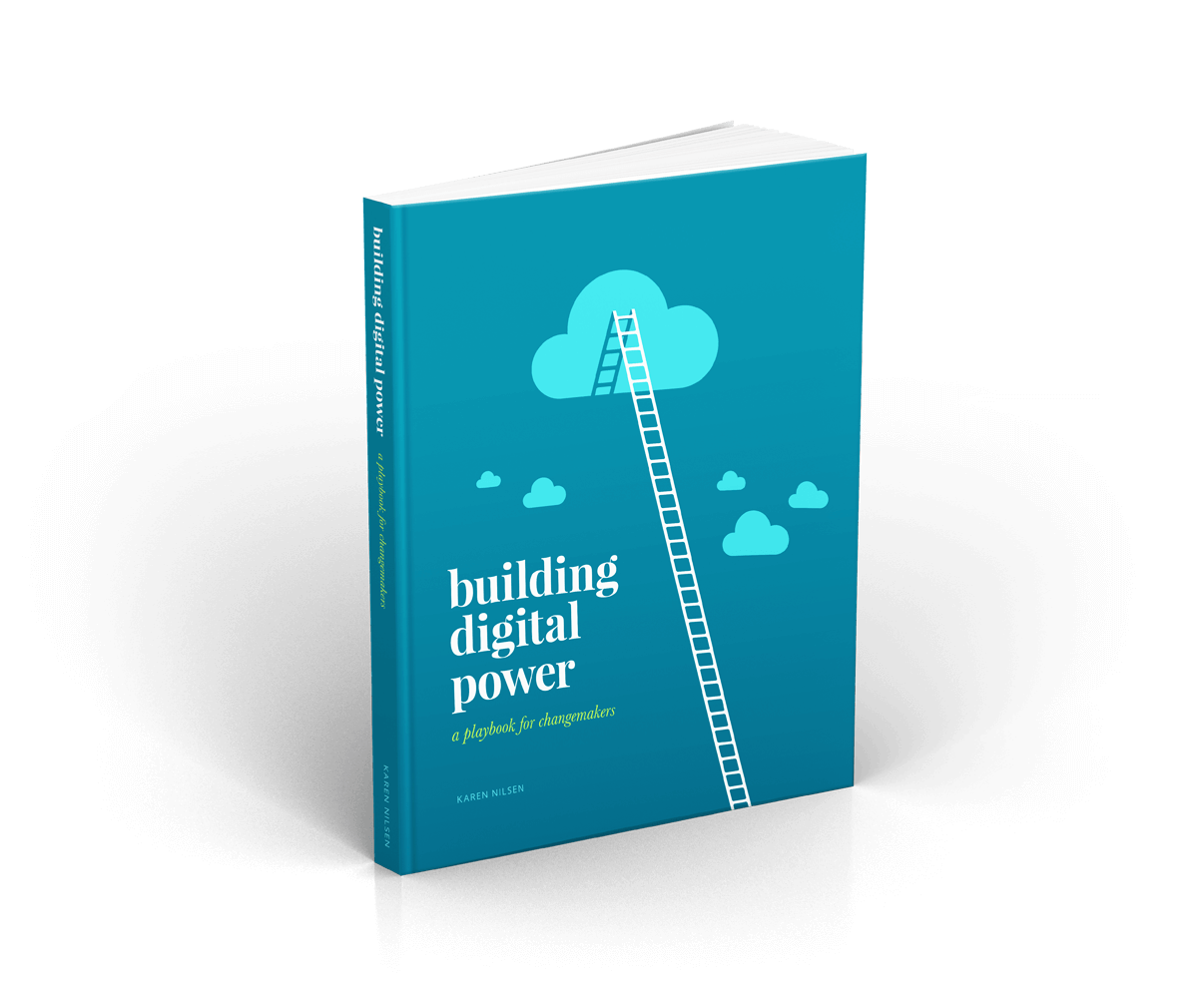Don’t Be a Hero (Make Your Supporter the Hero!)
I’m not saying don’t do heroic things. Keep that up! But when you’re telling your supporters a story of injustice, there’s only space for one hero—and it’s not you. Let me explain...
Every story of injustice has a victim, a villain, and a hero. The victim is who we’re fighting for. The villain is the person, entity, or system that stands between our victim and their freedom. And the hero...? It’s tempting to cast your organization as the hero of every story. But when we do this, we’re letting our supporters off the hook. If you need your supporter to do something—to take an action, or make a donation—then you need to demonstrate how their action is the key to achieving change.
Your supporter is the hero.
Is it their donation that can put vital equipment into the hands of investigators? Is it their voice that can convince a local representative to stand strong on a welfare policy? Spell it out.
Hero: organization
“Your donation will support our critical investigations.”
Hero: supporter
“Your donation will enable us to send investigators to where animals need them most.”
Reinforce your supporter’s hero identity by involving them in attack stories and victories, just like you would ‘change’ stories.
Change story:
“Your phone call could tip the balance and convince CruelCompany to let hens out of cages!”
Attack story:
“They’re deleting comments on their facebook page. They want to silence your voice. We won’t let them!”
Victory story:
“You did it!! Because you spoke up, millions of hens will soon be free from battery cages!”
This is the language that will make your supporter feel powerful, and make them want to re-engage when you next ask them for support.
Was this tip useful?


Get a free weekly digital strategy tip:
Unsubscribe any time. We respect your data. View the privacy policy.
Like this tip? Share it!






